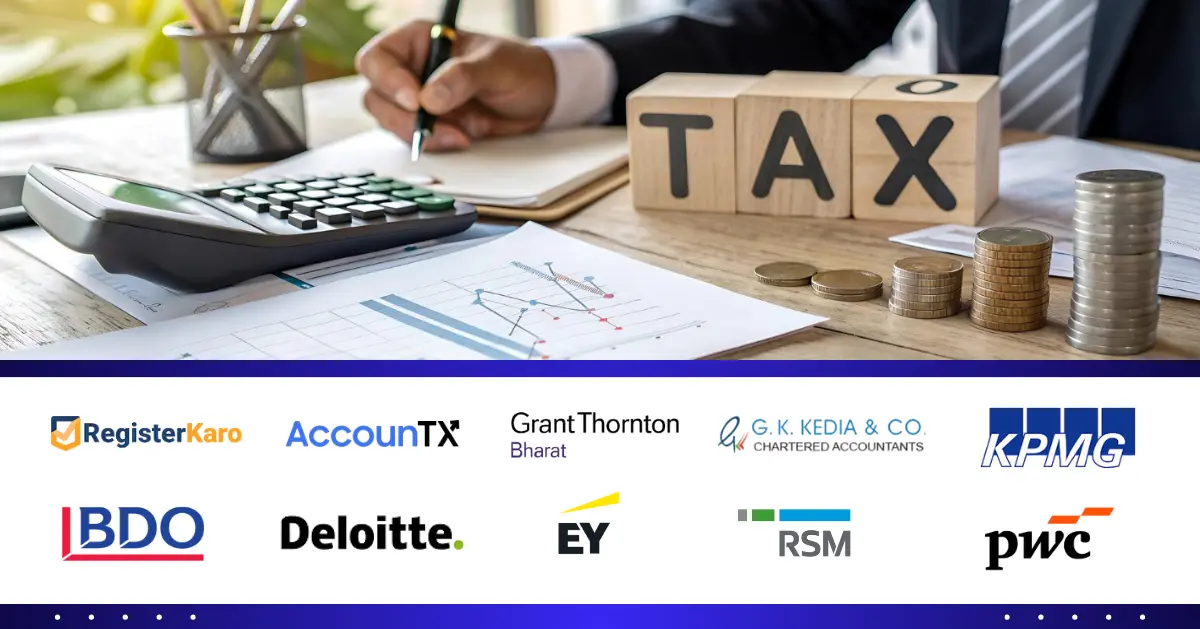
Introduction
Imagine a scenario where a business supplies luxury watches to a retailer at an invoice value of INR 50,000 per unit, excluding transportation and insurance charges. However, these additional costs impact the GST taxable value, making the final taxable amount different from the initial invoice value. Now, picture another case where a company offers post-supply volume-based discounts, influencing the value of supply under GST. Understanding these nuances is crucial for businesses to remain compliant with GST supply guidelines while ensuring accurate GST tax filing.
Navigating the complexities of GST valuation requires a deep understanding of GST compliance regulations, transaction structures, and valuation rules India mandates. Businesses that fail to compute the correct GST taxable value risk penalties and financial losses. This guide provides a structured, professional, and data-driven approach to calculating the value of supply under GST, ensuring precision in GST tax filing and compliance.
What is the Value of Supply in GST?
Under the Goods and Services Tax (GST) regime, the value of supply under GST refers to the transaction value—the price paid or payable for goods or services when parties are unrelated, and the price is the sole consideration. This valuation forms the tax base for computing GST liability and influences GST tax filing accuracy.
Key Aspects of GST Valuation:
- The GST taxable value includes all incidental expenses such as freight, insurance, packing, and commission.
- Discounts are excluded if they meet specific conditions as per GST supply guidelines.
- If the supplier and recipient are related, the valuation follows valuation rules India as prescribed under the CGST Act, 2017.
Latest Data on GST Valuation:
- India’s GST collection for FY 2023-24 (April-Dec) stood at INR 13.41 lakh crore, reflecting a 12% YoY growth (Source: CBIC).
- Compliance errors related to valuation contribute to over 30% of GST audits and notices issued to businesses (Source: ICAI).
- Over 78,000 GST notices were issued in 2023 due to miscalculated GST taxable value, causing valuation-related disputes.
Example:
Scenario: ABC Ltd. supplies machinery worth INR 10,00,000 to a distributor. They charge INR 20,000 for packing and INR 30,000 for transportation. A 5% pre-supply discount is offered if payment is made within 30 days.
GST Taxable Value Calculation:
- Invoice Value: INR 10,00,000
- Packing Charges: INR 20,000
- Transportation: INR 30,000
- Pre-supply Discount (5%): INR 50,000 (deducted)
- Total Taxable Value: INR 10,00,000
- GST @18%: INR 1,80,000
This highlights how GST valuation rules India ensure accurate tax calculation.
Factors Affecting the Value of Supply
1.Consideration Received
The GST taxable value is primarily determined by the monetary and non-monetary consideration received for goods or services. If payment is made in kind (e.g., bartering transactions), the fair market value is considered.
2.Incidental Charges & Additional Expenses
Transportation, packing, insurance, and commission fees must be included in the value of supply under GST. Expenses incurred by the recipient on behalf of the supplier are also taxable.
3.Discounts and Price Reductions
- Pre-supply discounts: Deducted from taxable value if recorded in the invoice.
- Post-supply discounts: Deducted only if linked to the original supply as per the prior agreement.
- Volume-based or conditional discounts impact the final GST taxable value.
4.Exchange Rate Fluctuations (For Imports & Exports)
GST valuation considers RBI reference rates for transactions involving foreign currency payments.
GST Valuation Rules and Compliance
1.Transaction Value Rule (Primary Method)
As per valuation rules India, the transaction value is used when the supplier and recipient are unrelated, and price is the sole consideration.
2.Open Market Value (OMV) Method
If the transaction value is unavailable, the GST taxable value is determined based on the price of similar goods/services in an open market.
3.Cost-Based Method
For cases where OMV is unavailable, the value is determined as 110% of the cost of production or acquisition.
4.Residual Method
When none of the prescribed methods apply, a reasonable valuation method consistent with GST principles is used.
Latest Compliance Trends:
- Over 78,000 GST notices were issued in 2023 for miscalculated GST taxable value.
- Automated GST audits flagged INR 2.7 lakh crore in discrepancies due to valuation errors (Source: GSTN Portal).
How to Compute GST on Value of Supply?
1.Determine Taxable Value
Identify the transaction value and add all inclusions (freight, insurance, etc.).
2.Apply GST Rate
GST rates vary from 5% to 28% depending on the nature of goods/services.
Example: A service worth INR 1,00,000 attracts 18% GST, so GST = INR 18,000.
3.Adjust for Discounts & Exclusions
Ensure pre-supply discounts are excluded if invoice-compliant.
Post-supply discounts are deducted only if linked to the original supply.
4.Verify GST Filing Compliance
Use GSTR-1 and GSTR-3B forms for accurate reporting. Automated GST audits flagged INR 2.7 lakh crore in discrepancies due to valuation errors (Source: GSTN Portal).
Read blog: GST Returns Filing
Examples of GST Valuation in Different Transactions
Example 1: B2B Goods Supply with Additional Charges
Scenario: The manufacturer sells machinery to a dealer for INR 5,00,000, with freight and installation charges of INR 20,000.
GST Taxable Value Calculation:
- Invoice Value: INR 5,00,000
- Freight + Installation: INR 20,000
- Total Taxable Value: INR 5,20,000
- GST @18%: INR 93,600
Example 2: B2C Services with Post-Supply Discount
Scenario: A gym offers an INR 10,000 annual membership with a 10% discount if a referral joins.
The discount is provided post-supply, so it is not deducted from GST taxable value.
Conclusion
Understanding the value of supply under GST is essential for accurate GST tax filing and avoiding compliance risks. With increasing digitization in tax administration, businesses must carefully evaluate transaction values, apply valuation rules India, and ensure proper GST supply guidelines adherence to prevent legal complications.
Latest Insights on GST Compliance:
- GST revenue growth is projected at 11-13% for FY 2024-25, emphasizing the need for valuation accuracy.
- Automated GST compliance solutions have reduced filing errors by 30%, making tax processes more efficient.
Role of RegisterKaro in GST Compliance
Platforms like RegisterKaro simplify GST compliance by offering professional assistance in GST filing, and valuation assessments, and ensuring adherence to GST taxable value guidelines. With AI-driven audits, RegisterKaro reduces valuation discrepancies by over 85%, helping businesses streamline tax calculations and mitigate compliance risks.




